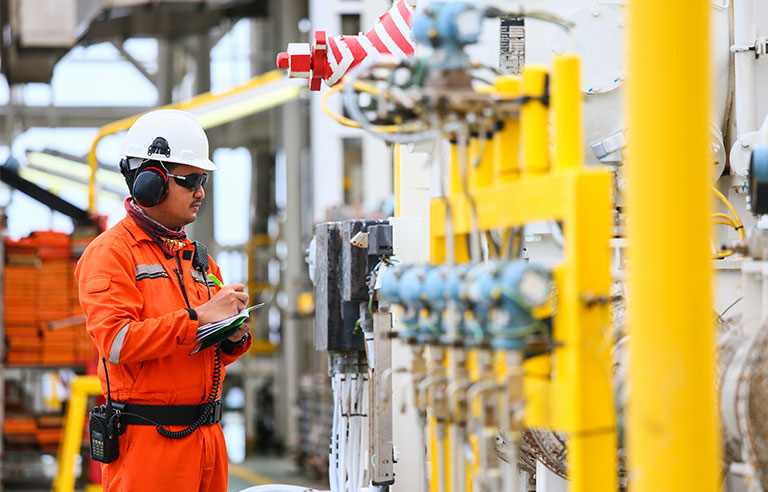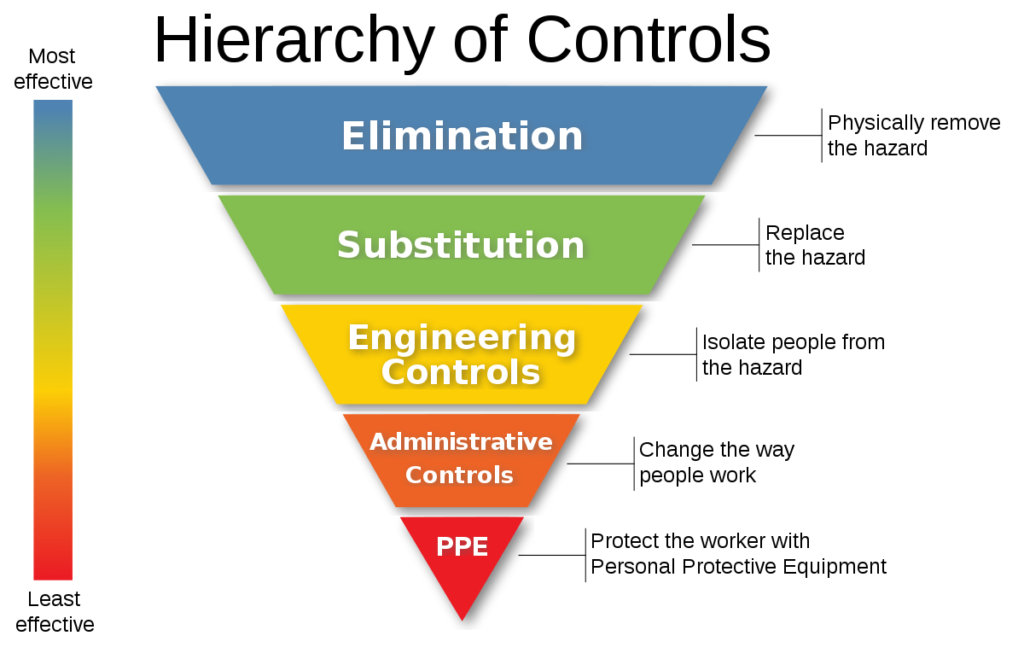Posts by ON112
How secure are your PSM processes?
Highly hazardous chemicals such as toxics, reactives, flammable liquids and gases are used in many industries such as food processing, chemical manufacturing, pharmaceuticals, plastics, paints, etc…. If not properly designed, maintained, and managed safely during manufacture, transport, storage, and use, these chemicals can cause disastrous incidents with significant property damage and potentially fatal-consequences. OSHA and…
Read MoreEvaluating Workplace Health Exposures
Under the OSH Act, employers are required to identify and evaluate health hazard(s) in their workplaces, which includes exposures to air contaminants, chemicals, biological and physical hazards. More than 6 million workplaces in the U.S. are covered by OSHA’s permissible exposure limits (PEL) established for over 500 chemicals listed in tables Z-1, Z-2, and Z-3. Most of OSHA’s exposure limits are 8-hour…
Read More13 Elements of a Fire Door Inspection
Routine visual inspections and operational testing of fire doors is critical to a building’s maintenance and the life safety of its occupants. Fire doors inspected in accordance with the requirements set forth by the National Fire Protection Association (NFPA) 101, Life Safety Code, and NFPA 80, Standard for Fire Doors and Other Opening Protectives, require…
Read MoreConducting Effective Hazard Assessments
Often during inspections, audits, or accident investigations, we encounter nonexistent, inadequate, or inaccurate hazard assessments. One of the “root causes” of workplace injuries, illnesses, and incidents is the failure to identify or recognize hazards that are present, or that could have been anticipated. A critical element of any effective safety and health program is a…
Read More6 Benefits of Partnering to Improve HSE Performance
Businesses most valuable assets are their workforce. As such, managing health, safety, and environmental (HSE) aspects and impacts play a critical role in managing a business. However, for many businesses, managing an HSE system is often overwhelming trying to navigate complex and everchanging regulations, and often do not have the resources to manage internally. For…
Read MoreMajor Benefits of Third Party Inspections & Audits
Performing routine inspections and periodic audits are essential for a company to implement a process that assesses risk and liabilities while developing accurate policies, procedures, and training to continuously improve HSE performance. Inspections (hazard identification) and audits (program evaluation) are critical to the successful implementation of an effective and continuously improving HSE management system. Inspections…
Read More





